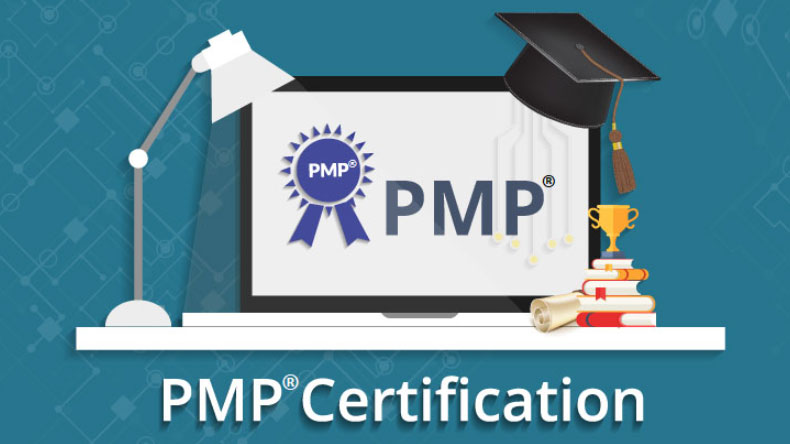
How to Craft a Three-Year Career Plan: A Strategic Approach for Long-Term Success
In today’s fast-paced and ever-evolving job market, having a clear career plan isn’t just a luxury—it’s a necessity. Imagine navigating your career without a map: you might stumble upon opportunities, but you’ll likely miss the landmarks that truly matter. Crafting a three-year career plan is like setting a GPS for your professional journey—it guides your decisions, keeps you focused, and helps you adapt as needed.

The Method: The SMART Framework
One of the most reliable methods for crafting a career plan is the SMART framework. This methodology isn’t just a buzzword; it’s a tried-and-tested approach to setting clear and achievable goals. SMART stands for Specific, Measurable, Achievable, Relevant, and Time-bound. Here’s a breakdown:
1.Specific
Define your goals clearly. Instead of saying, "I want a promotion," say, "I want to become a Senior Project Manager at XYZ Company by the end of year three."
2.Measurable
Establish criteria for tracking progress. For instance, "I will complete a certification course in project management and lead two major projects."
3.Achievable
Ensure your goals are realistic given your current situation. Consider your skills, experience, and resources.
4.Relevant
Align your goals with your long-term career aspirations. If your ultimate aim is to lead a team, then stepping into a managerial role is relevant.
5.Time-bound
Set deadlines. Instead of "I will improve my leadership skills," use "I will attend a leadership workshop within the next six months."
Think of the SMART framework as your career GPS: it provides precise directions, measures your progress, and ensures your goals are within reach and aligned with your ultimate destination.
Crafting and Implementing Your Plan
Example: Sarah’s Three-Year Career Plan
Step 1: Define the Goals
Sarah, a mid-level marketing specialist, aspires to become a Marketing Manager. Using the SMART framework, she sets the following goals:
-Specific: "I want to be promoted to Marketing Manager at XYZ Corp."
-Measurable: "I will complete an MBA with a focus on marketing, lead three major campaigns, and receive positive performance reviews."
-Achievable: Given her current experience and the company’s support for further education, this goal is attainable.
-Relevant: This promotion aligns with her career aspirations of becoming a senior leader in marketing.
-Time-bound: "I aim to achieve this promotion within three years."
Step 2: Develop an Action Plan
Sarah breaks her goals into actionable steps:
-Education: Enroll in an MBA program with a marketing concentration within the next three months.
-Skill Development: Take on additional responsibilities at work, such as leading a small team for a campaign.
-Networking: Attend industry conferences and connect with senior marketing professionals.
-Performance Review: Regularly seek feedback from her manager and mentors to ensure she’s on track.
Step 3: Monitor and Adjust
Sarah sets quarterly reviews to assess her progress:
-Quarter 1: Enroll in the MBA program and start the first semester.
-Quarter 2: Lead a small marketing campaign, focusing on applying new skills.
-Quarter 3: Attend two industry conferences and expand her professional network.
-Quarter 4: Review her performance with her manager and adjust her plan as needed.
By systematically following this plan and adjusting as she goes, Sarah stays on course towards her goal of becoming a Marketing Manager.
Conclusion
Creating a three-year career plan using the SMART framework offers a structured and effective approach to achieving your professional goals. By setting specific, measurable, achievable, relevant, and time-bound objectives, you provide yourself with a clear path forward. Just like navigating with a GPS, this framework helps you stay on track, measure your progress, and adjust your route as needed. So, map out your career journey today—your future self will thank you for it.






